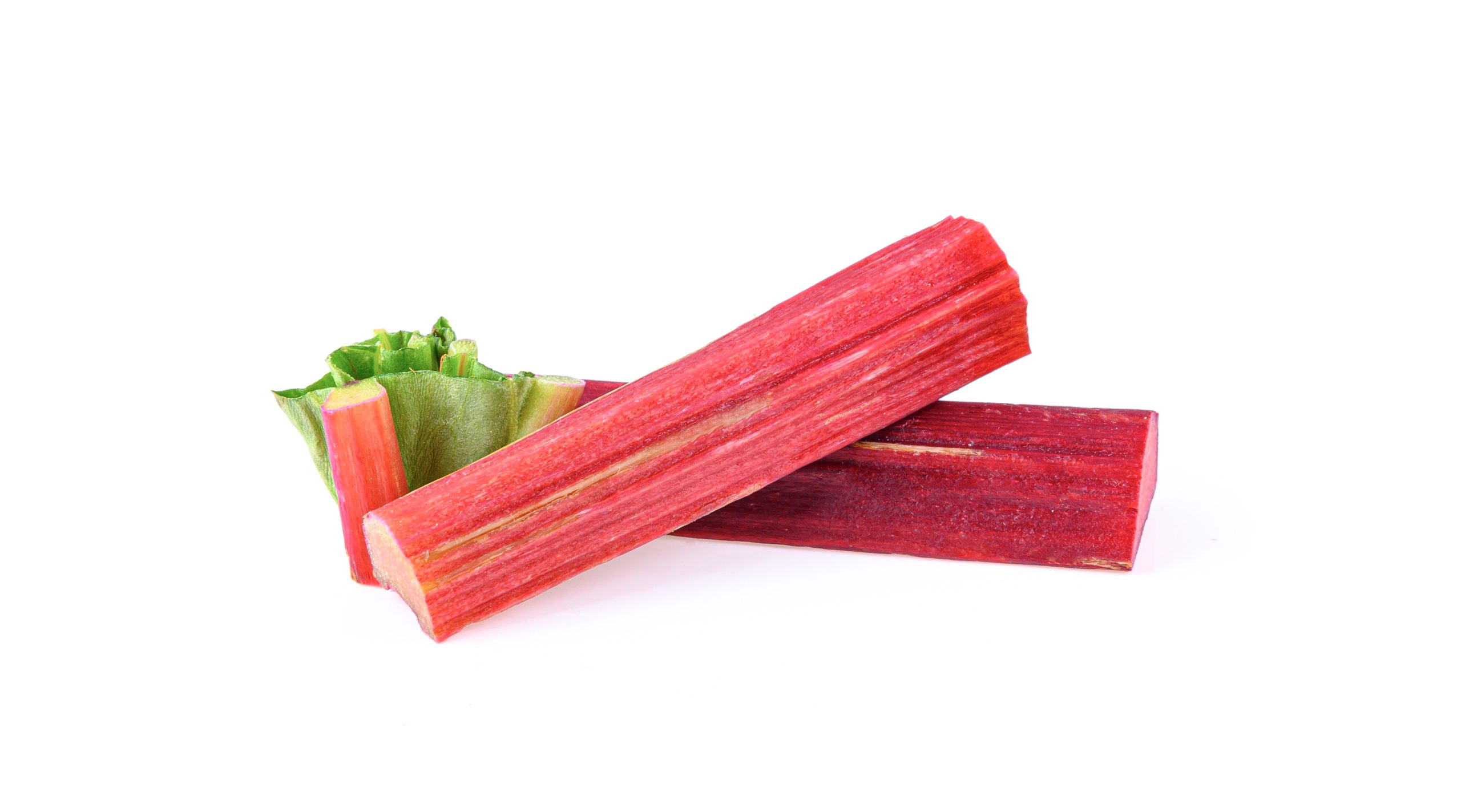Seasons/Availability
Rhubarb is available during the spring through summer and early fall.
Nutritional Value
Rhubarb is a good source of Vitamin K, calcium and dietary fibre. It also contains vitamin C, magnesium, potassium and phosphorus. The oxalic acid content can be problematic for people who suffer from kidney or gallbladder problems; however, cooking rhubarb reduces the concentration of the acid significantly.
Storage
It’s best to use fresh rhubarb as soon as possible after purchase. To store it in the refrigerator, wrap the stems in plastic and place them in a sealed container with at least an inch of water on the bottom. Fresh rhubarb will keep up to two weeks under these conditions. Cooked rhubarb can be frozen for up to three months if stored in an airtight container.
Culinary Uses
Rhubarb is used in sweet and savory dishes such as pies, jams, compotes, tarts, crumbles and chutneys. The sour flavor of rhubarb balances well with sweet ingredients like sugar and honey. It can also be added to soups or stews for a tart flavor. Rhubarb should always be cooked before eating; raw rhubarb is too acidic and tough to eat. When cooking rhubarb, it’s best to use only the stalks as they hold their shape better than the leaves when cooked. The leaves are toxic and should not be consumed at all.





